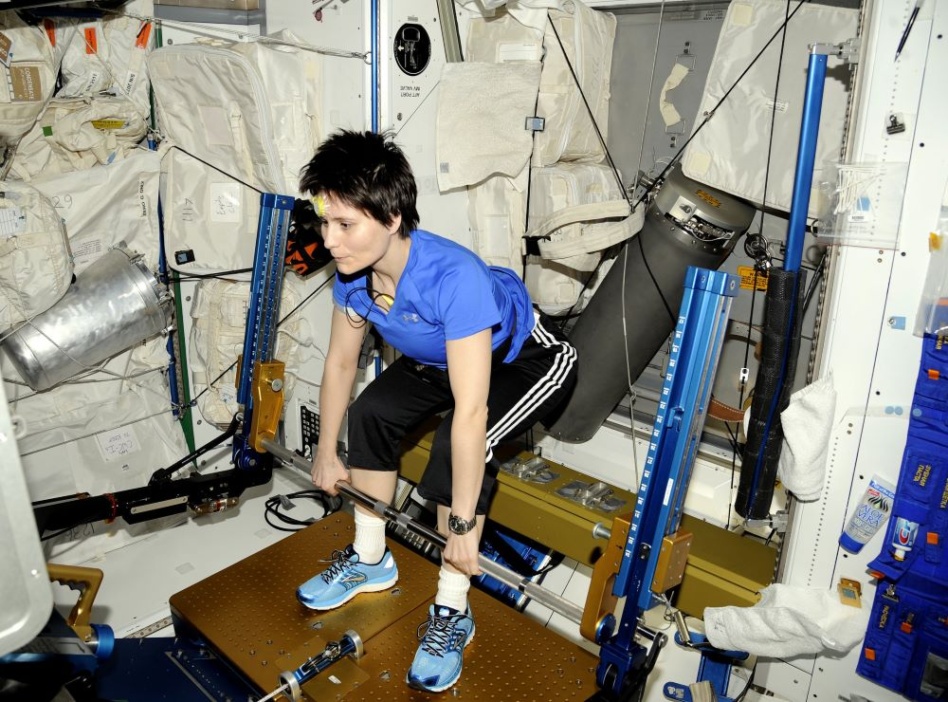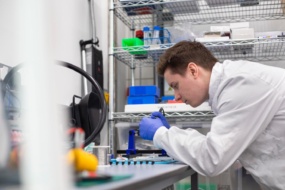Astronauts in microgravity are losing weight in all the wrong places.
A recent study in Scientific Reports found that astronauts who spent months in space returned with major losses in bone density, which wasn’t always immediately or fully restored.
- Funded by the Canadian Space Agency, researchers followed 17 American, European, Canadian, and Japanese astronauts before, during, and after tours at the ISS.
- The TL;DR—weight-bearing bones only recovered partially in most astronauts a year after returning to Earth.
- “This suggests the permanent bone loss due to spaceflight is about the same as a decade worth of age-related bone loss on Earth,” said Leigh Gabel, lead author of the study, in a press release.
Microgravity can take a toll
We’re accustomed to our Earthly conditions, which include having to push with a certain amount of force against the ground to keep ourselves upright against gravity. NASA knows that astronauts’ bone mass decreases while in microgravity, and prescribes 15 hours of exercise a week to help combat that problem. It can take three to four years for astronauts to fully regain their bone density, if it happens at all.
That’s not the only health risk NASA tracks: Astronauts also frequently get kidney stones on orbit. But we’ll save that topic for another day…
What to do?
As more humans live and work in space—and LEO we need to be ready to keep a lot more people healthy in microgravity.
The ISS exercise regime does some good to counteract the effects of microgravity, but a stubborn fact remains: Bones get less load-bearing in LEO. The study’s authors wrote that deadlifting and jumping exercises will do more to preserve bone density than running, cycling, squats, or heel raise exercises, none of which had an observed impact on bone density or recovery.
To all the commercial space station developers reading this: might want to add more squat racks into your designs?




